
It’s that time again. Every year, companies from all over the world assemble in Barcelona, the Mobile World Capital, for the most important event in the global mobile industry calendar.
Mobile World Congress (MWC) is always a hotspot for new device launches, giving manufacturers an unrivalled opportunity to show off their latest and greatest products. But from analysts to network operators, MWC is also a hotbed of discussion about the topics, challenges and opportunities that face the mobile industry, including emerging technologies such as the Internet of Things, and 5G wireless.
Indeed, a great deal of what happens at MWC takes place not in the public eye, but behind closed doors, in a near-endless stream of meetings among industry leaders, product managers, analysts and many others. Sometimes, this even includes unannounced products being quietly shown in backroom discussions to get feedback from interested parties; the flagship ‘McLaren’ Windows phone, and Nokia's ‘Moonraker’ smartwatch, for example, were two such devices to get the behind-the-scenes treatment at MWC, before later being cancelled.
But for those who can’t attend MWC, the most exciting aspect of the whole event is the public announcements of new products which will soon be available to buy. This year, there’s a wide range of intriguing new devices lined up – and as in previous years, many of them will be announced before MWC officially kicks off on Monday.
Let’s take a quick look at some of what to expect this week.
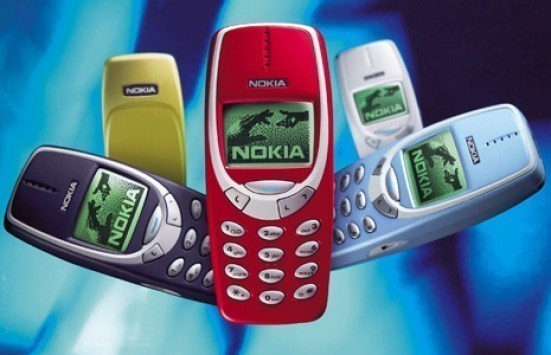
Nokia
A couple of years ago, it looked like Nokia’s days as one of the best-known and most-loved brands in mobile devices were pretty much over. After acquiring Nokia’s devices and services business in 2014, Microsoft had licensed its brand for use on some of its feature phones and Lumia smartphones, but Nokia itself was clearly done making handsets.
Things have changed considerably since then. Microsoft sold the feature phone business to Foxconn, which is now building new Nokia-branded devices under a fresh licensing agreement with Finnish company HMD Global. The first handset to emerge from that partnership, the Nokia 6, launched last month in China – but HMD has promised to launch at least six Android smartphones this year.
The company could unveil one or more of them at MWC, and it may even reveals plans for the international launch of the Nokia 6 – but another device is expected that has piqued the interests of many observers in recent weeks. HMD is reportedly preparing to launch a spiritual successor to the classic Nokia 3310, one of the most popular handsets in mobile history.
Few would have guessed a couple of years ago that this is how things would turn out...!

BlackBerry
Like Nokia, BlackBerry has also been dismissed by many as a company whose days of mobile industry relevance are long gone. You’d certainly be forgiven for thinking so – last year, BlackBerry announced that it would no longer design and build its own devices, while the latest data from Gartner indicates that BlackBerry's share of the global smartphone market has collapsed to a statistically insignificant 0.0%.
Of course, that market share figure applies specifically to the effectively-obsolete BlackBerry OS, rather than Android, which the company began adopting for its handsets in 2015. And while BlackBerry isn’t creating its own devices any more, a brand licensing agreement – similar to the deal that Nokia struck – means that TCL will continue to launch new handsets bearing the BlackBerry logo.
TCL is formally unveiling the latest BlackBerry handset in Barcelona - although it was informally revealed, in part, last month. Along with a physical QWERTY keyboard – a favorite feature of the brand – the upper-mid-range device will run BlackBerry’s “hardened”, more secure version of Android.

LG
It seems that there’s now very little that we don’t already know about LG’s new mobile flagship. As with last year’s G5 – which turned out to be a bit of a sales flop – LG has been endlessly teasing its new G6 in recent weeks, confirming several of its key specs and features. Many other details have also been revealed in unofficial leaks.
LG is ditching the modular approach of the unloved G5, switching to a more conventional unibody design. Its display is somewhat less conventional, with an unusual 18:9 aspect ratio and rounded corners, although its ultra-thin bezels are very much in line with current industry design trends.
Notably, LG will reportedly be wasting little time in getting its new device to market; it’s expected to go on sale in the next couple of weeks.

Samsung
LG will be getting a head-start on its fellow South Korean rival, Samsung, which decided not to announce its new Galaxy S8 flagship at MWC. The Galaxy S8 is instead expected to be unveiled next month at a standalone event.
Samsung will still be at MWC, but it looks like the company will be focusing more heavily on its new launches in the tablet market. The new Galaxy Tab S3 will make its official debut in Barcelona, featuring a 9.6-inch Super AMOLED screen, along with a keyboard and S Pen stylus support – but it’s also likely to feature an older Qualcomm Snapdragon 82x processor, rather than the latest Snapdragon 835.
Rumors have suggested that Samsung could also unveil its new high-end Windows 10 tablet, the Galaxy TabPro S2, in Barcelona.
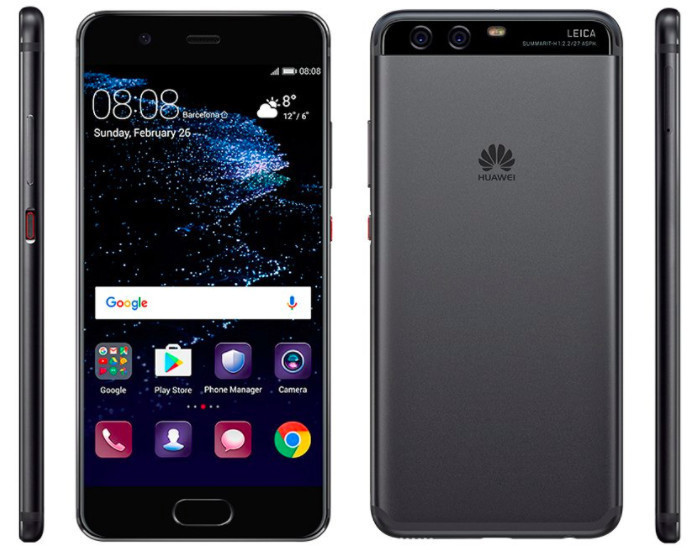
Huawei
While Samsung’s new flagship will be a no-show at MWC, Huawei will be hoping to wow the crowds there with its latest range-topper. Like last year’s P9, the new Huawei P10 will feature a dual-camera system co-engineered – to some degree, at least – with imaging specialist Leica.
Recent leaks have indicated that the P10 will be offered in a range of colors with sleek metallic bodywork, but we’ll have to wait and see if the device is impressive and distinctive enough to stand out against other newcomers at the high end like the G6.
Alongside the P10, Huawei is also likely to announce the Watch 2, featuring a fully-circular display, some pretty chunky styling, and Google’s latest Android Wear 2.0 OS.
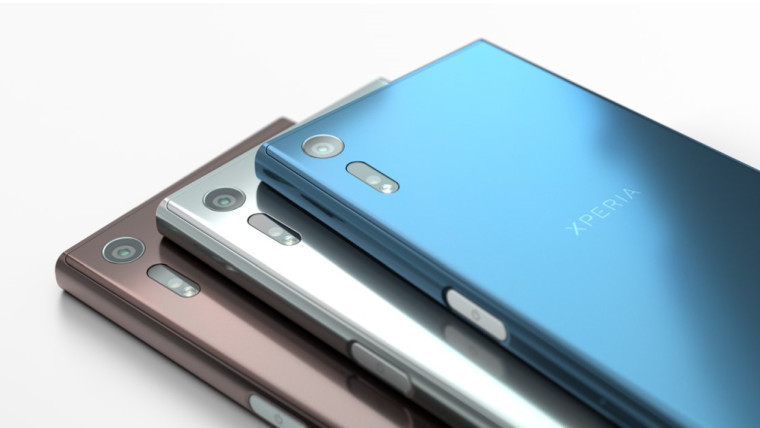
Sony
Sony has been playing its cards close to its chest lately, with only a handful of rumors emerging about its plans for MWC. There have been suggestions that the company could unveil as many as five devices in Barcelona, but that remains far from certain.
Most of the rumors have consistently pointed towards Sony announcing a new flagship, perhaps featuring the latest Snapdragon 835 chipset and a 4K display. Sony only launched its last flagship a few months ago.

Moto
Lenovo’s new mid-range Moto handsets are likely to make their first official appearance in Barcelona. Rumors have suggested that both the Moto G5 and G5 Plus will have Full HD displays, but will differ in other ways, including their processors (Snapdragon 430 vs 625); onboard storage (32GB vs 64GB); and batteries (2800mAh vs 3000mAh).
It also seems more or less certain that both devices will have aluminum bodywork – but do bear in mind that none of these details have yet been confirmed.
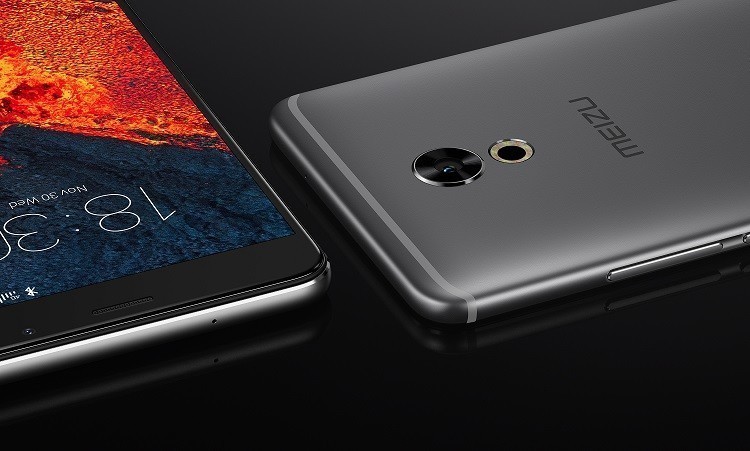
Meizu
Meizu has launched quite a few devices over the years, and each generation has shown notable improvements over the last. The company may not exactly have the brand awareness or cachet of some of its largest rivals, but it’s clearly not letting that disadvantage hold it back.
One of the clearest indications of Meizu’s ambitions is the fact that this year will be its first time ever at Mobile World Congress. The Chinese manufacturer has said that it will “unveil the newest breakthrough in mobile technology – challenging Apple and Samsung”. Intriguing.
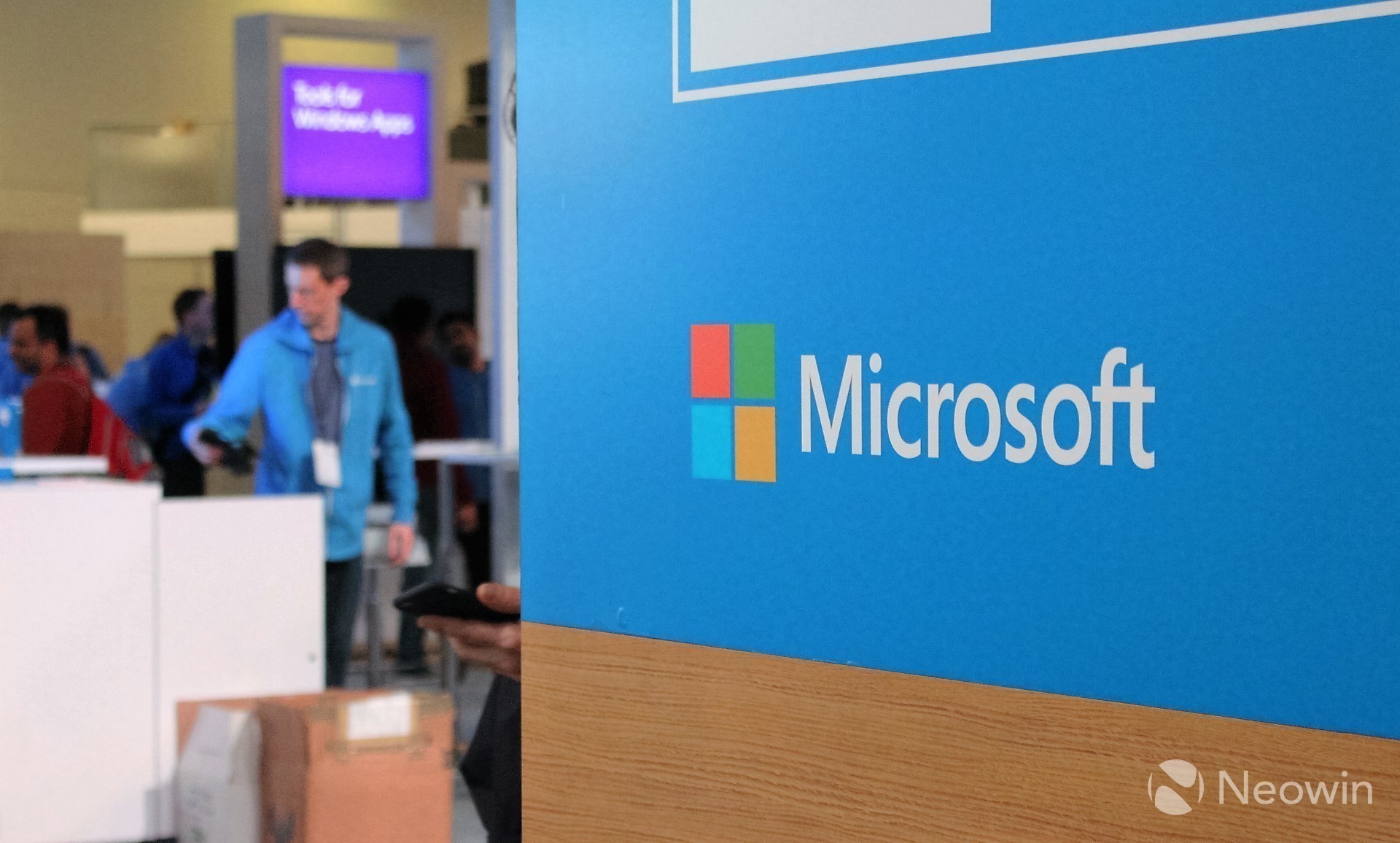
Microsoft
Unlike in previous years, Microsoft won’t have a stand at the main Fira Gran Via conference center where MWC takes place. Microsoft substantially downsized its stand last year – compared with its vast, sprawling space (complete with hot air balloon) in 2015 – as it began scaling back its mobile ambitions.
This year, Microsoft’s smartphones have reached the end of their retail lives, and it has no new devices to unveil. With only a handful of manufacturers still making Windows 10 Mobile devices – and some now ditching the platform, or publicly voicing concerns about its prospects – Microsoft wouldn't really have much to show on a stand at MWC anyway. Even its impressive, and widely liked Surface devices, are now almost a year and a half old.
But Microsoft won’t be completely absent from Barcelona; it will have a stand at the ‘4YFN’ (4 Years From Now) event at Fira Montjuïc. 4YFN is an extension of MWC, describing itself as “the fastest growing digital startup event in the world.”
We’ll be bringing you coverage of the announcements from Barcelona, including launch events, and hands-on time with many of the latest devices, so stay tuned to Neowin in the days ahead.
















4 Comments - Add comment